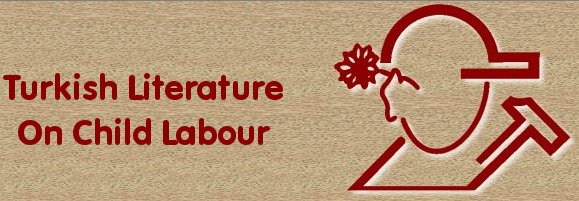Aygün, T.(1998); “The Concept of Childhood and Children In Our Era”, Third National Occupational Health Congress, TTB Central Council, October, Ankara, p. 350-354
Aygün, T.(1998); “The Concept of Childhood and Children In Our Era”, Third National Occupational Health Congress, TTB Central Council, October, Ankara, p. 350-354.
Number of Works Cited: 6
Scope:
This presentation was in the Health Of Working Children section of the congress. The concept of being a child has changed dramatically in our era and it lost its meaning. The change in the economic environment has also changed the status of the children. The linkages in between the special category of children and the new ways of child labour are discussed as well.
An Excerpt from the Article:
The place of working childen in the society has a further meaning than just minimising costs and maximising profits. Apart from being a cheap labour force, they represent the lowest step in the social order and own a place that nobody desires and called as ‘The Doomsed’, in a society where authority is tried to be legalised. Worst of all the amount of street children that are excluded from the society rises everyday and this creates new social fractions and hierarchy. (p.353)
Some Key Words:
apprentice training, child development, child workers, cheap labour
